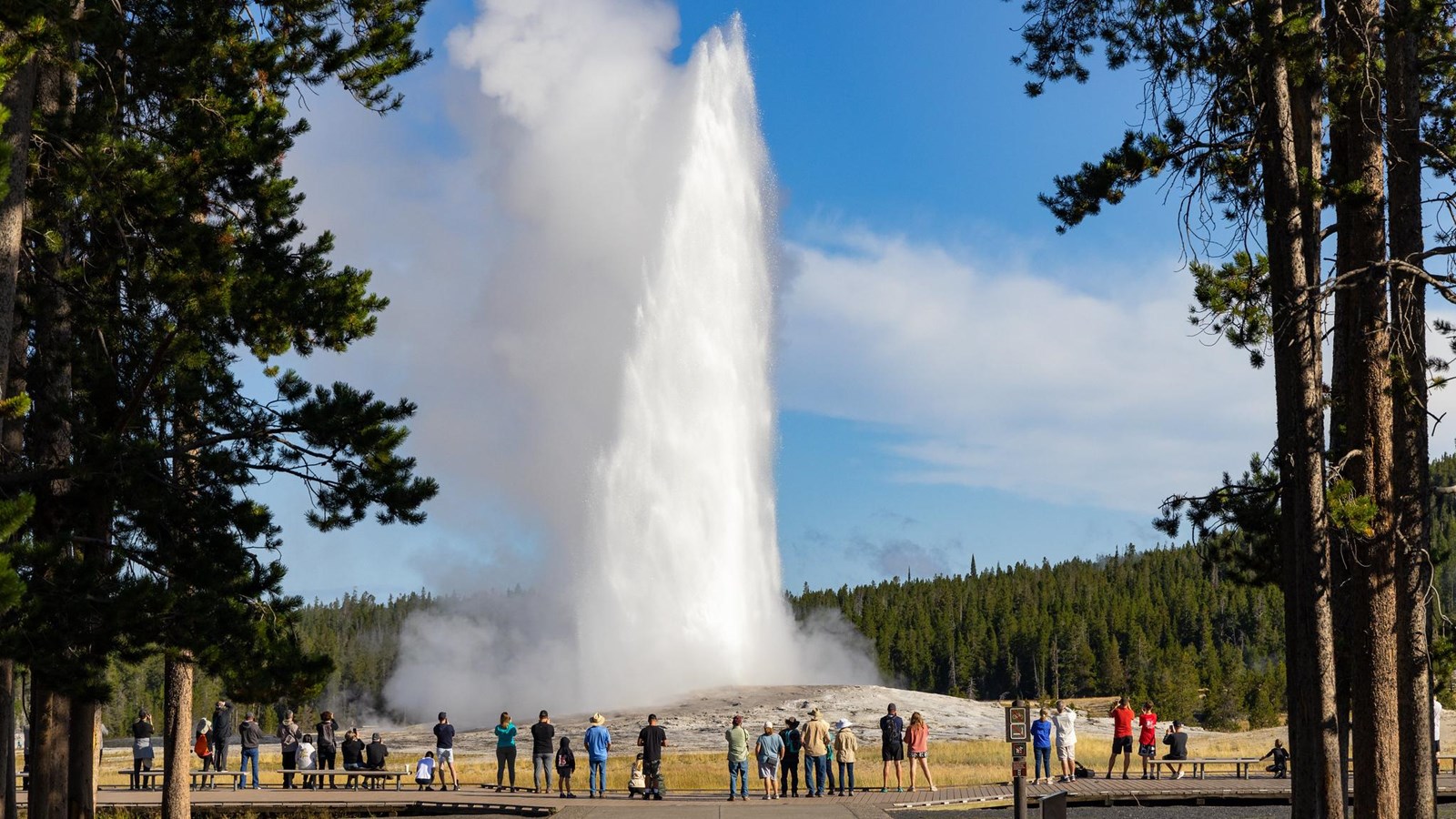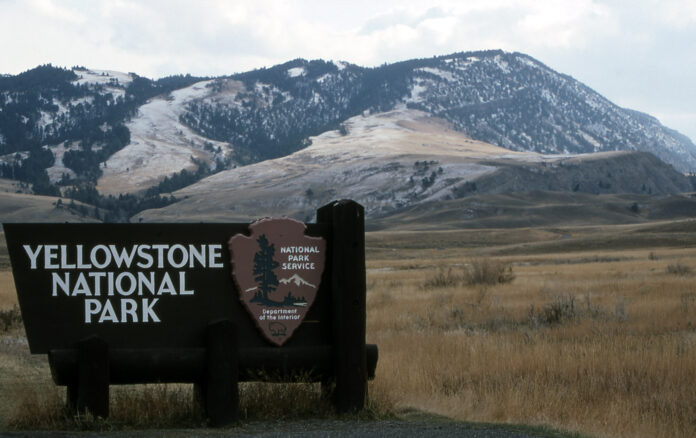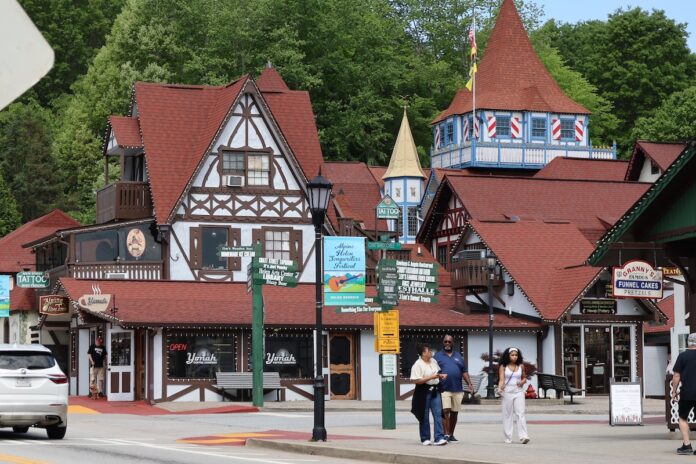As you read this, if all goes as planned, I will be standing either in the Beartooth Wilderness or Yellowstone National Park.
Yellowstone has been at the top of my list of National Parks I want to visit since I love the outdoors. With perhaps the best geothermal characteristics in the world, the area’s unspoken beauty is unrivaled anyplace else. With its geysers, gorgeous springs, and just cool rocks, the park is a never-ending geologic marvel.
The Supervolcano
The realistic and popular culture versions of the Yellowstone supervolcano are two distinct concepts. Approximately 17,000 square miles make up the Yellowstone Caldera. This caldera is actually the remains of multiple enormous, distinct eruptions that occurred during the last few million years, rather than a single massive volcano. The oldest volcanic rock in the region is only 2.5 million years old, making the volcano quite young in relation to the rest of the Earth. About 2.1 million, 1.3 million, 626 thousand, and 176 thousand years ago, respectively, there were four known eruptions.Yellowstone Calderas Map The NPS
All of this is caused by a hot spot that is located just below the surface. This magma region near the surface The Yellowstone Hotspot, which traces a route from eastern Washington through Idaho and to its present location under Yellowstone National Park, has been known to create volcanoes for at least 16 million years. A hot spot is a location below the surface where magma is frequently refilled from below and is very close. In the same way, the Hawaiian Islands were created.
You might read that an eruption of the Yellowstone supervolcano is imminent, but that couldn’t be further from the reality. Given that there have only been four known eruptions in the last two million years, one occurring anytime soon seems improbable. Researchers are continuously keeping an eye out for geothermal and seismic activity in the region.
The Springs
The Grand Prismatic Spring is perhaps the most famous feature of any US National Park. About 6,000 feet below the surface, water seeps through the soil until it encounters heated rock. It reaches a boiling point there and rises back to the top. It creates some dazzling pools of deep blue water when it arrives. The Grand Prismatic Spring is the most spectacular of them all. The many kinds of algae that flourish at hot temperatures—known as thermophiles—are responsible for the vibrant hues. Since the spring temperatures hover around 160 degrees Fahrenheit, they must enjoy the heat. The vibrant rings spread outward as the temperature decreases because different bacteria prefer various temperatures.Photographed by Denys NevozhaionUnsplash, Grand Prismatic Spring
Yellowstone is home to almost innumerable pools and springs, and new ones are constantly being formed. In fact, during a routine inspection of the Norris Geyser Basin, scientists just found one new hot spring.
Some extremely beautiful structures, like the one below, can also be produced by this gradual water travel upward. Water and mud, usually made of limestone, combine to form mud volcanoes that produce stunning, extraterrestrial-looking terraces.Volcano of MudHana Oliver’s photo on Unsplash
Rarely, the water may be pushed up and funneled a little more.
The Geysers
Geysers only occur in a few locations worldwide and are formed under extremely specialized conditions. There are more than 500 (perhaps 1,000+) in Yellowstone National Park, which makes up more than half of all known ones worldwide. Water must filter down and come into contact with heated rock, just like in springs and pools, but in this instance, it is directed upward through a little escape path and encounters some kind of obstruction. When the pressure becomes too high, the outcome is a massive surface burst of steam and hot water. Old Faithful is by far the most famous geyser in the world. Since it erupts frequently every 1-2 hours (on average, 90 minutes), it truly lives up to its name. The water from this geyser shoots up to 150 feet into the air and reaches a scorching 169 degrees Fahrenheit as it exits, according to the National Park Service. Additionally, each eruption releases between 3700 and 8400 gallons of water. I think it’s quite awesome.

There are a ton of pictures of the area’s rich animals and wildflowers in addition to the geothermal features, and I can’t wait to see these wonders for myself. Additionally, I plan to hike the high elevations where snow is still present on the Beartooth Highway and Beartooth Plateau.
On the road, I’ll see you.

 by
by 

